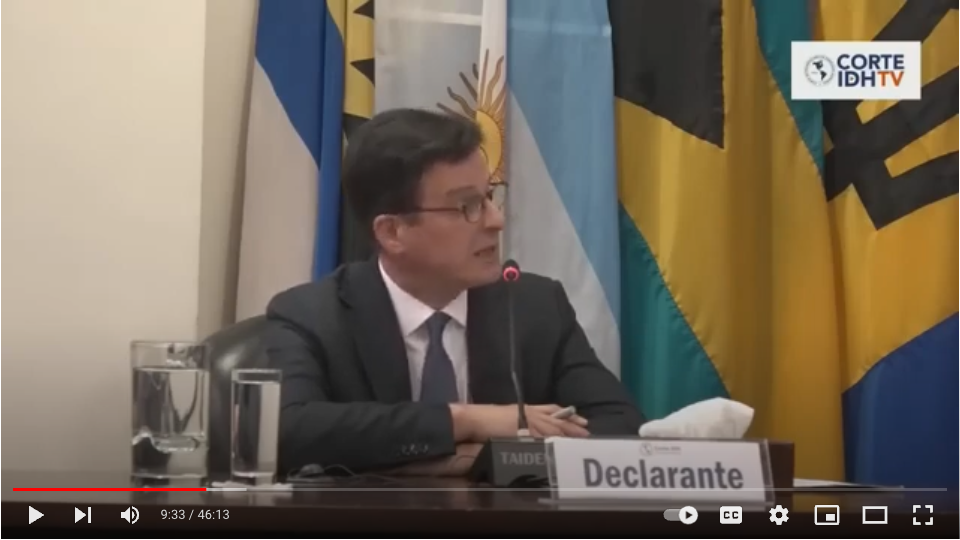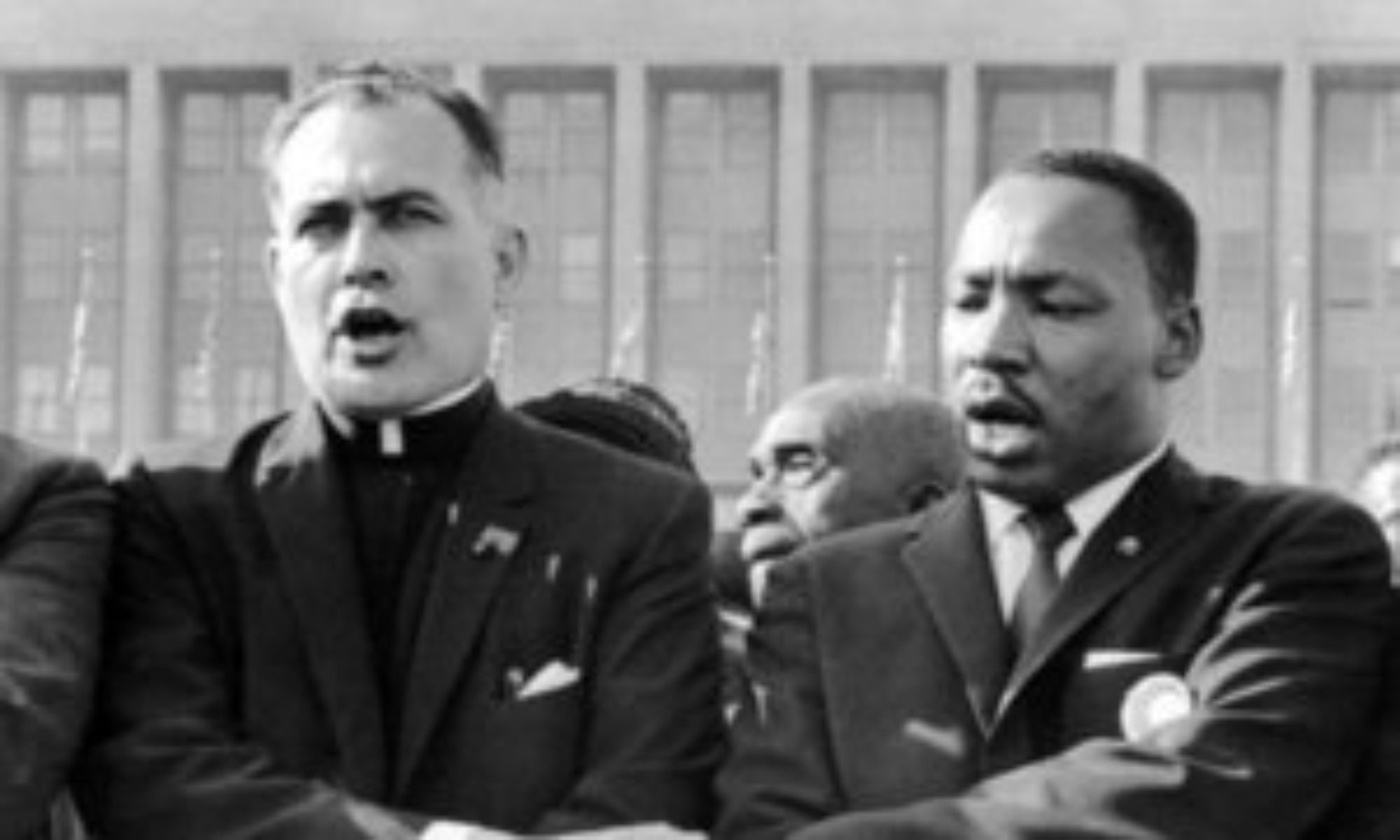A case that is potentially the Roe v. Wade of Latin America is now being considered by the Inter-American Court of Human Rights in Costa Rica. The plaintiffs in Beatriz v. El Salvador are asking the court to declare the right to abortion to be an internationally recognized human right.
Such a declaration would be a major setback for the right to life on an international scale. The right to abortion is absent from the world’s treaties, conventions, and covenants with the exception of the Maputo Protocol of the African Charter of 2003, where this right was inserted at the behest of its powerful advocates in the West. Until recent years, Latin America has been a region of strong pro-life laws, though in the past decade, Argentina, Chile, Colombia, and other states have liberalized their abortion laws. A declaration of the right to abortion in the Inter-American Court of Human Rights, including some 20 countries in its jurisdiction, would advance the profile and status of abortion rights around the world.
These stakes make all the more significant the testimony at this trial of Paolo Carozza, a human rights lawyer who is a professor at the University of Notre Dame Law School and the former President of the Inter-American Commission on Human Rights. His testimony is one of the most eloquent, forceful, and succinct statements of the human rights of the unborn that one can find. About 10 minutes long, it merits viewing and being shown in classes, lectures, and forums on the right to life. (Here is ND Law’s story on his testimony.)

Professor Carozza’s testimony is a refreshing exception to the abortion paradox, which is that the right to life of the unborn, easily the most widely violated human right in the world, enjoys little support from, and even faces the opposition of, organizations whose purpose is to promote human rights and to work for the end of their violation. On conservative estimates, about 12 million abortions take place every year around the world while over a billion have taken place since 1920, when the Soviet Union became the first country to legalize the practice.
Only a few organizations and activists advocate for the right to life of the unborn: C-FAM, Human Life International, Women Without Frontiers (which campaigns against forced abortion in China), the Holy See, Professor Brian Scarnecchia, William Saunders, the pair of scholars Thomas W. Jacobson and William Robert Johnson, and perhaps a few others. They are mice that roar, up against lions that promote global abortion rights. These include the world’s major human rights organizations. Amnesty International, the world’s oldest and largest human rights organization, decided to promote the legalization of abortion in August 2007. Human Rights Watch promotes “reproductive rights” that include abortion. A coalition of United Nations officials, certain states, non-governmental organizations, and certain international lawyers work assiduously to find abortion rights in treaties, conventions, and international initiatives such as the Millennium Development Goals where no such rights are stated, and to promote abortion rights through organizations such as the World Health Organization and the World Bank. The abortion paradox also enfolds a silence about abortion among other organizations whose mission is to promote human rights and social justice broadly, including human rights, peace and social justice centers at universities, even many Catholic universities.
The result is wide popular ignorance of the global scale of abortion, far too little influence exerted for the protection of unborn life around the world, and the advance of abortion rights among international organizations and countries that we are witnessing. We need more of Professor Carozza’s testimony.
